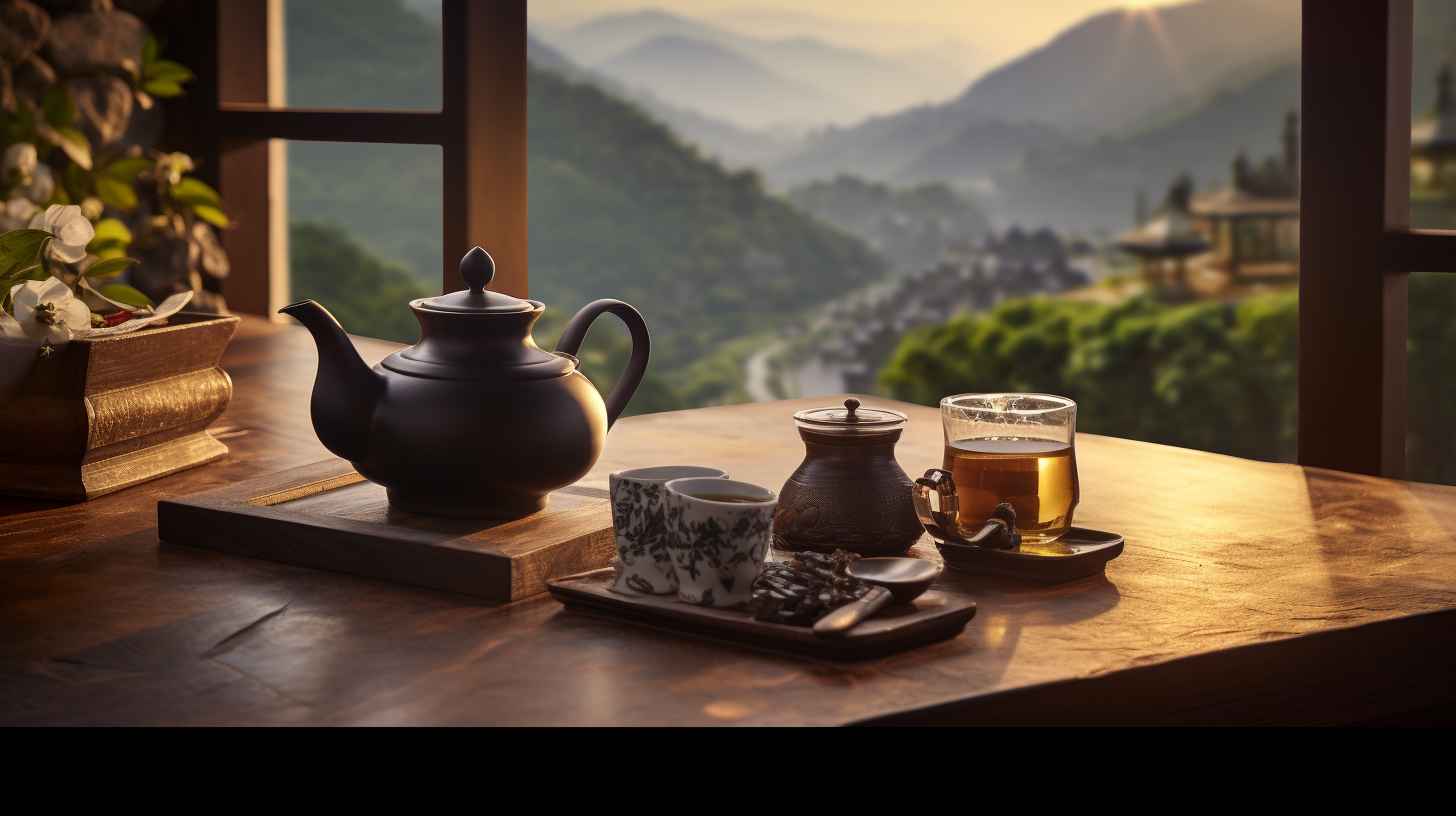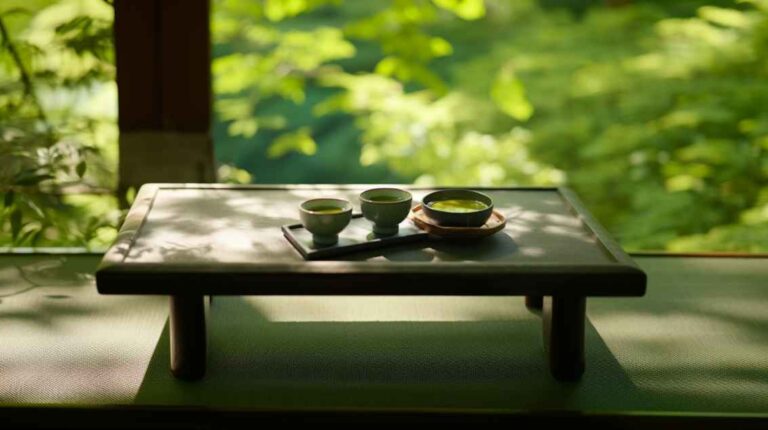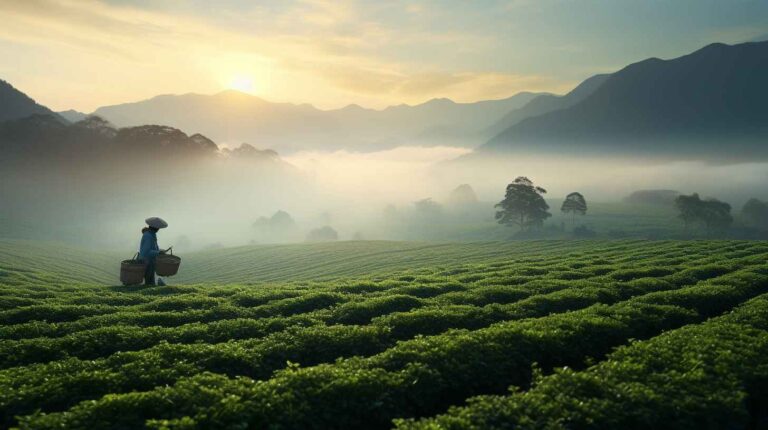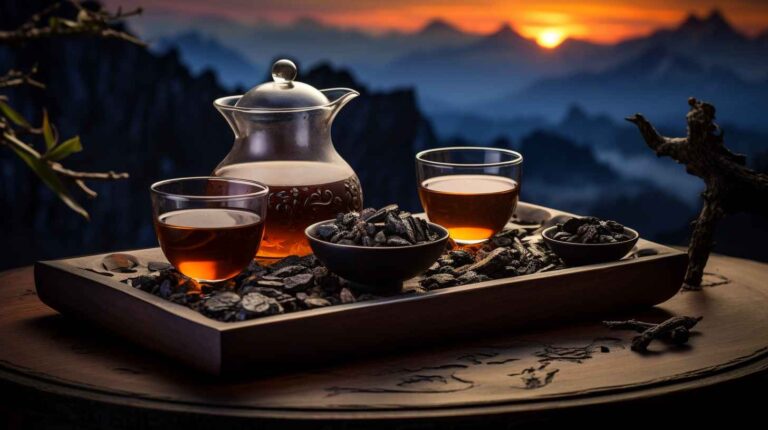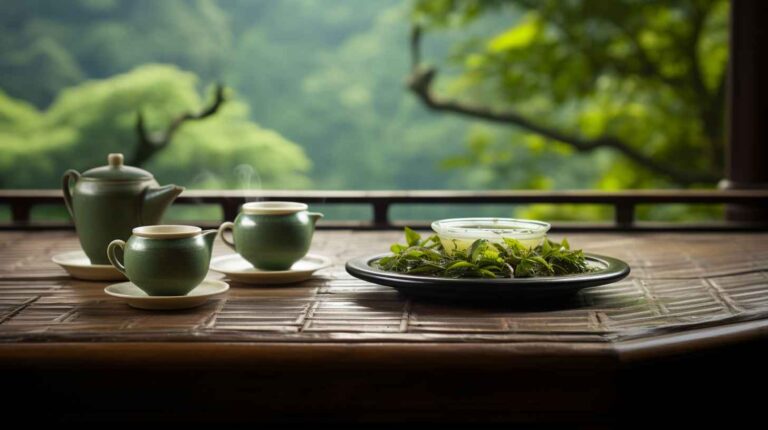The Rich Depths of Black Tea: More Than Just a Dark Brew
Introduction
Black tea, with its dark, luminous hue and profound, bold flavor, stands as a testament to the myriad ways in which a simple leaf can be transformed. When one sips this popular brew, they’re not just indulging in a drink; they’re imbibing an elixir steeped in history, culture, and art. It’s a dance of tastes and aromas that has evolved and been perfected over the centuries. From its modest beginnings in ancient China to its present global fame, black tea is a symphony of stories, traditions, and emotions, all culminating in a cup. Through this article, we aim to delve deeper into this fascinating world and discover the wonders hidden beneath the surface of every black tea leaf.
Origins: The Birthplace of a Global Phenomenon
Black tea’s journey began in the lush tea gardens of ancient China, where it was affectionately termed “red tea” owing to the reddish hue of its infusion. Although green tea reigned supreme in the early dynasties, the unique attributes of black tea soon brought it to the fore.
But what truly set black tea apart was its remarkable longevity. The extended shelf life of this variant, a result of its complete oxidation, rendered it perfect for trade, making it a favorite among merchants who traveled vast distances. The Silk Road, the ancient trade route connecting the East and West, witnessed caravans carrying this precious cargo, introducing it to different cultures and peoples. As trade flourished, so did the fame of black tea, establishing it as a beverage of choice from the opulent courts of monarchs to the humble homes of commoners.
Processing: Crafting the Bold Flavor
At the very heart of black tea lies an intricate process that transforms the fresh green tea leaves into the dark, flavorful ones we recognize. This metamorphosis is a result of careful craftsmanship and keen understanding.
- Plucking: The journey begins in the vast tea estates where experienced workers meticulously hand-pick the choicest leaves. Precision is key; typically, only the top two tender leaves and the bud, known as the ‘golden flush,’ are chosen.
- Withering: These plucked leaves are then laid out in large troughs or on bamboo mats. Over time, they lose their moisture, becoming limp – a state essential for the next step.
- Rolling: The withered leaves are subjected to rolling, where they are gently twisted and turned. This critical process initiates the rupture of leaf cells, releasing the enzymes that play a pivotal role in flavor development.
- Oxidation: Often referred to as fermentation, though no actual fermenting occurs, this stage sees the enzymes react with the air. The controlled environment, with just the right temperature and humidity, ensures the leaves darken and develop the distinctive black tea flavor.
- Drying: The final step involves drying the now-oxidized leaves, stopping the enzymatic activity and sealing in the rich flavors and aromas.
Varieties: A Spectrum of Taste Profiles
It’s a testament to the versatility of black tea that despite being a singular category, it unfurls into a plethora of varieties, each a unique experience in itself.
- Darjeeling: Nestled in the Himalayan foothills, the Darjeeling region of India produces what is often hailed as the “Champagne of Teas”. Every sip offers delicate notes of muscatel and a fragrant aroma reminiscent of spring blossoms.
- Assam: The lush plains of the Brahmaputra Valley in northeastern India are the birthplace of Assam tea. Known for its full-bodied, robust flavor, it boasts malty undertones that make it a favorite breakfast tea across the globe.
- Ceylon: Sri Lanka, earlier known as Ceylon, presents a tea that’s as vibrant as its history. Depending on the region of cultivation, Ceylon tea can range from strong and intense to mellow and refined, but always with a characteristic briskness.
- Keemun: From the Qimen County in China’s Anhui province comes Keemun, a black tea treasured for its layered flavors. With aromatic hints of roses, orchids, and a subtle smokiness, it’s often considered one of the best black teas in the world.
- Yunnan: The ancient tea trees of China’s Yunnan province yield black tea leaves that are a treat for the senses. With a flavor profile spanning peppery notes, sweetness, and even a whisper of chocolate, Yunnan tea is nothing short of exquisite.
Health Benefits: A Treasure Trove of Wellness
Black tea, while a sensory delight, is also a powerhouse of wellness, brimming with beneficial compounds that support overall health.
- Heart Health: Modern lifestyles, often marked by stress and sedentary habits, have brought heart health to the forefront. Black tea, rich in flavonoids, emerges as a hero. Numerous studies have indicated that consistent consumption of black tea might reduce bad cholesterol levels, thereby aiding in the prevention of cardiovascular diseases and promoting better heart health.
- Antioxidants: The body constantly battles free radicals, harmful entities that can cause cellular damage and contribute to aging and various ailments. The polyphenols in black tea, particularly theaflavins and thearubigins, are potent antioxidants. Their role? To neutralize these free radicals, supporting the body’s natural defense mechanisms and potentially delaying the onset of chronic diseases.
- Mental Alertness: Our modern world demands constant alertness. Here too, black tea proves to be an ally. The caffeine present in black tea is a known stimulant, capable of enhancing cognitive functions, boosting concentration, and elevating mood. Unlike the jitters often associated with coffee, the caffeine in black tea offers a more sustained and gentle alertness.
- Digestive Aid: The digestive system is the cornerstone of overall health. Black tea, rich in tannins, has a calming effect on the gastrointestinal tract. These tannins not only alleviate digestive issues but also have antibacterial properties, potentially reducing the occurrence of stomach infections.
- Bone and Oral Health: Preliminary research suggests that compounds in black tea might enhance bone density and reduce the risk of fractures. Moreover, the fluoride and tannins found in the tea might combat tooth decay and reduce the growth of bacteria in the mouth.
Cultural Significance: An Elixir That Binds Cultures
In many parts of the world, black tea isn’t merely a drink – it’s a cultural institution, woven deeply into the fabric of societies.
- British Afternoon Tea: This tradition, steeped in elegance and sophistication, was introduced in the 1840s. However, it was more than just tea. It was an event, an occasion to socialize. The finest porcelain cups filled with aromatic black tea, accompanied by an array of scones, finger sandwiches, and pastries, spoke of British refinement and the art of leisure.
- Russian Tea Culture: In the vast expanse of Russia, with its biting cold, tea became more than a beverage; it was warmth and comfort. Brewed to a thick concentration known as “zavarka,” black tea was traditionally enjoyed with a cube of sugar clenched between the teeth or accompanied by a slice of lemon. The unique Russian samovar, a heated metal container, became synonymous with this tea tradition.
- Masala Chai in India: Black tea took on a spicy avatar in India. The “masala chai,” a concoction of black tea leaves, milk, and a medley of spices like cardamom, cloves, and ginger, became an integral part of the Indian ethos. From bustling street corners to serene households, the call of the chai vendor is a familiar and beloved sound.
The Modern Renaissance: Breathing New Life into an Age-old Tradition
In a rapidly changing world, black tea too is undergoing a transformation, yet managing to stay rooted in tradition.
- Artisanal Blends: The quest for novelty has given rise to a spectrum of artisanal blends, where black tea meets unexpected companions – from dried fruits to flowers and exotic spices, each blend promising a unique tasting experience.
- Black Tea in Culinary Delights: Contemporary chefs are recognizing black tea’s potential in the culinary world. Tea-smoked dishes, desserts infused with tea, and even marinades featuring robust black tea are gracing menus worldwide.
- Tea-based Cocktails: Modern mixologists are weaving magic by marrying black tea with spirits, creating innovative cocktails that are both refreshing and flavorful.
- Sustainable Practices: With increasing awareness about sustainability, many tea estates are adopting organic farming practices and ensuring fair trade, thereby contributing positively to the environment and society.
Conclusion: The Timeless Allure of Black Tea
The story of black tea is one of evolution and endurance. From its humble origins in the misty mountains of ancient China to its revered status in modern cafes and homes around the world, it has witnessed epochs, bridged cultures, and warmed countless souls. With every sip, we don’t just taste its rich flavors; we experience the love, labor, and legacy that have gone into its making.
As we celebrate black tea, we honor the generations of tea growers, artisans, and consumers who have kept its spirit alive. In a world teeming with fleeting trends, the timeless charm of black tea stands resolute, reminding us of the simple pleasures of life and the bonds that unite us all.
